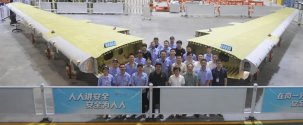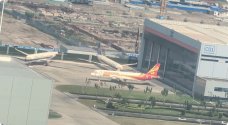Here are some points for thought on completely new engine development.
For a new company with no prior experience, a 20-year development timeline for a turbofan engine capable of powering a 737-sized aircraft is ambitious—but not unreasonable, especially if the goal is to create something innovative and competitive.
Why 20 Years Might Be Acceptable
- High technical complexity: Designing a high-bypass turbofan engine for narrow-body jets like the 737 requires mastery of aerodynamics, thermodynamics, materials science, and manufacturing.
- Certification hurdles: Meeting FAA or EASA standards is a massive undertaking, especially for a first-time developer.
- Infrastructure building: A new company must build everything from scratch—R&D labs, testing facilities, supply chains, and skilled teams.
- Funding cycles: Securing consistent investment over two decades is challenging and can slow progress.
- Benchmarking against giants: Established players like CFM International (GE + Safran) and Pratt & Whitney took decades to reach their current capabilities.
Realistic Expectations
Even industry veterans took 15–20 years to bring revolutionary engines like the GTF to market. For a newcomer, the timeline could stretch longer unless they:
- Partner with experienced suppliers or OEMs
- License existing technology
- Focus on incremental innovation rather than radical breakthroughs
So yes—20 years is acceptable, especially if the company is aiming for certified, commercial-grade performance and not just a proof-of-concept. It’s a marathon, not a sprint.




